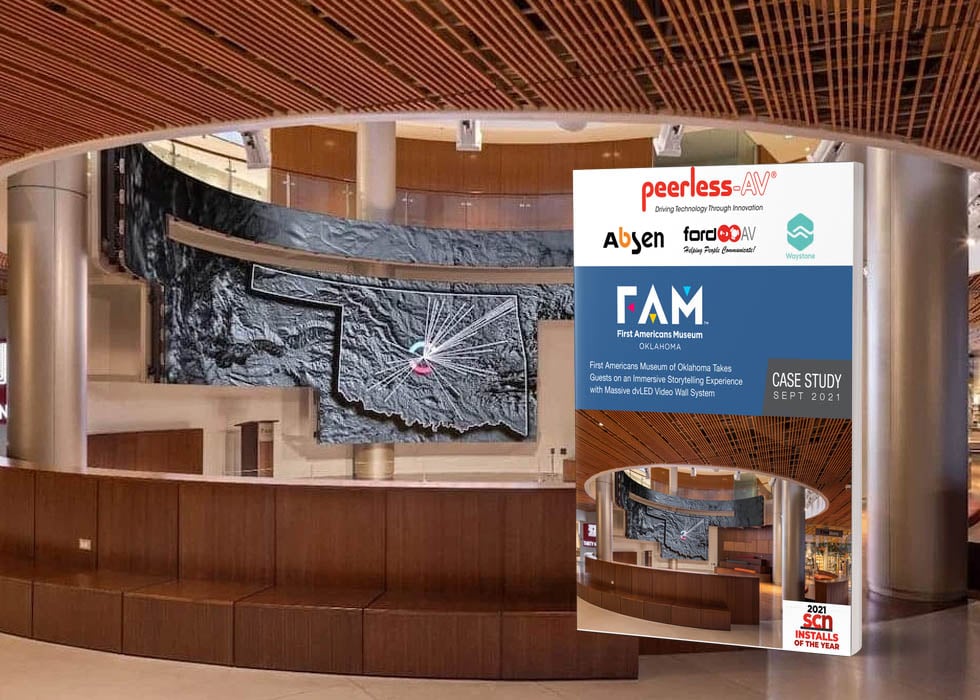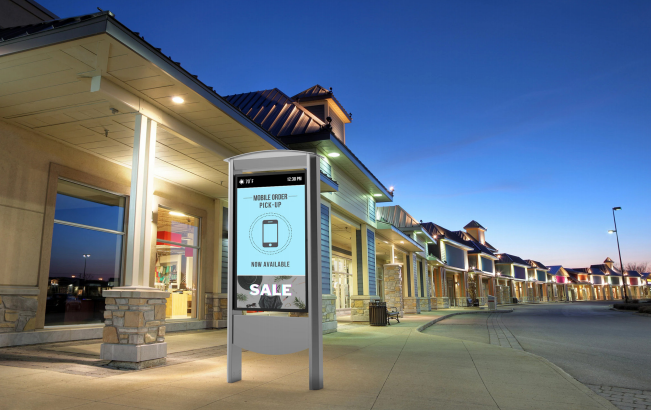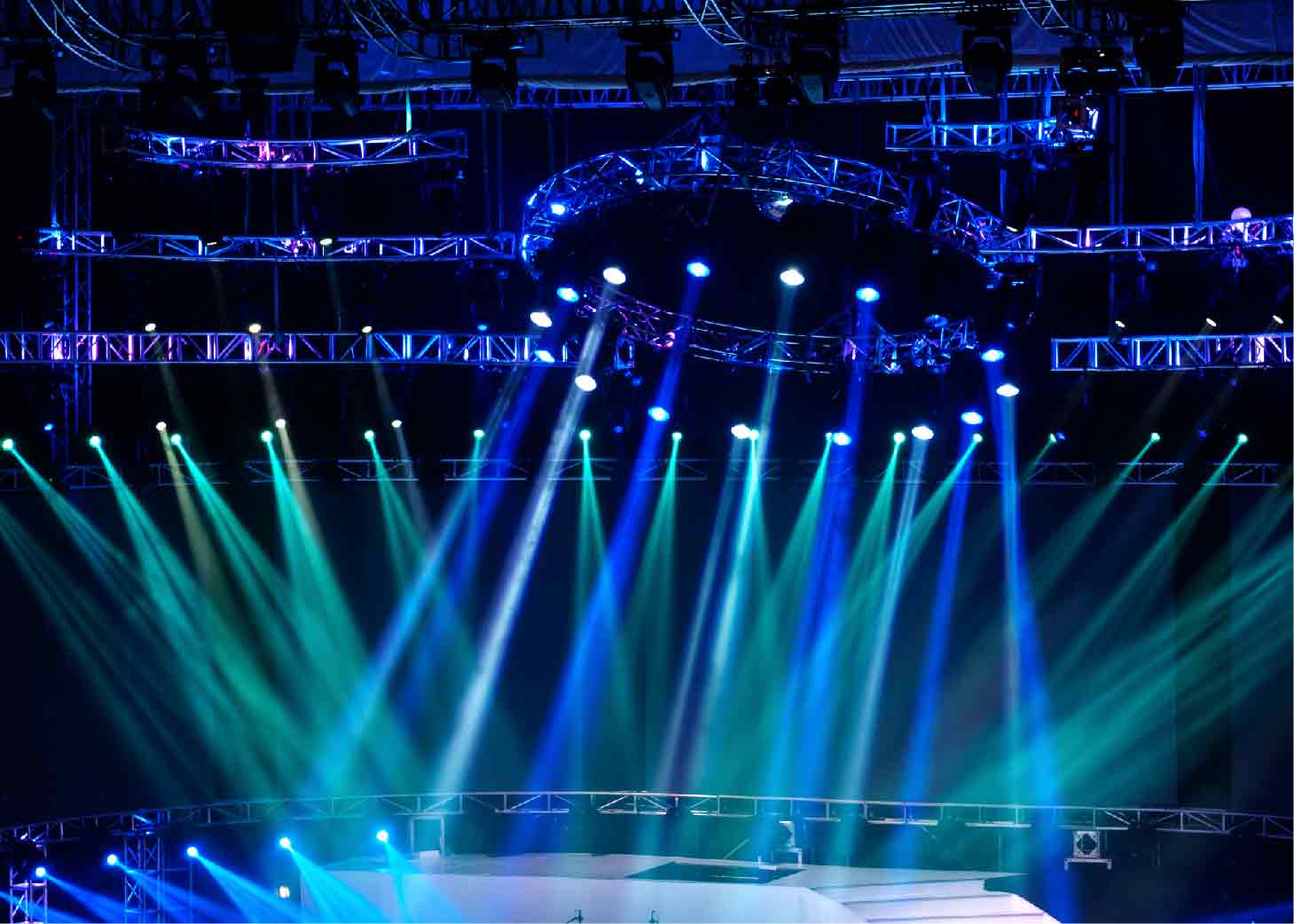
Maximizing Impact: The Benefits of Digital Signage Plasma Screens
Digital signage includes a wide range of electronic displays that show dynamic content in public spaces, all powered by a mix of hardware and software. At its core are the physical displays (LCD, LED, OLED), media players that deliver content, and content management systems that allow for remote scheduling and updates.
Yet despite newer technologies entering the market, plasma displays continue to hold distinct advantages in specific digital scenarios. Let's explore how and why digital signage plasma screens continue to hold a place in the market.
What Are Plasma Screens?
Digital signage plasma screens use small cells containing electrically charged ionized gases (plasma) to produce images. Each pixel consists of three sub-pixels (red, green, and blue) filled with noble gases that, when electrically charged, create ultraviolet light that strikes phosphors to emit visible light.
This self-emissive technology has several advantages, including excellent contrast ratios, wide viewing angles, superior color reproduction, and exceptional motion handling. While less common as manufacturers have shifted toward LED and OLED technologies, plasma screens maintain relevance in environments requiring consistent performance across wide viewing areas and in displays showing fast-moving content.
Why Choose Plasma for Digital Signage?
Plasma screens offer several compelling advantages for digital signage. The technology's superior viewing angles ensure content remains visible and vibrant from virtually any position. Plasma's exceptional contrast ratios create eye-catching displays with deep blacks and bright highlights that maintain impact even in challenging lighting environments, such as spaces with mixed natural and artificial light.
For content featuring video or animation, plasma's ultra-fast response time eliminates motion blur, presenting smoother and clearer moving images than many alternative technologies. Plasma’s natural, rich color reproduction is especially useful in retail, where accurate product representation is crucial, and in food service, where appetizing visuals drive purchasing decisions.
In larger-format applications, plasma also offers cost advantages compared to competing technologies, providing an attractive balance of performance and value. Modern commercial-grade plasma displays incorporate features that mitigate traditional concerns about image retention, making them suitable for the extended operation times required in some use cases.
While plasma technology generally consumes more power than LED-backlit alternatives, this drawback is often outweighed by its consistent performance across varying conditions. For digital signage applications where visual impact, viewing angle versatility, and motion clarity are crucial, plasma technology continues to offer benefits that can effectively enhance audience engagement and message delivery.
Key Benefits of Digital Signage Plasma Screens
Plasma displays' performance characteristics–excellent contrast, wide viewing angles, and superior motion handling–make them especially valuable for digital signage in retail, transportation hubs, and public information displays where providing a clear view from multiple viewing positions is essential.
Other benefits include:
Enhanced Visibility and Engagement
The self-emissive nature of plasma technology (i.e., where each pixel generates its own light) creates outstanding contrast ratios that remain consistent regardless of viewing angle, both horizontally and vertically.
This is critical for applications where viewers may approach from various directions. Unlike some LCD technologies that suffer from color shifting or reduced brightness when viewed at extreme angles, plasma maintains image consistency regardless of position.
This makes them particularly valuable for:
- Ceiling-mounted displays in retail environments
- Information boards in large public spaces
- Menu boards in quick-service restaurants
- Wayfinding systems in large facilities
Durability and Longevity
Commercial-grade digital signage plasma screens are designed for extended operation periods, making them optimal for applications requiring 24/7 reliability. While image retention (sometimes called "burn-in") was a concern with earlier plasma technology, modern plasma displays incorporate various technologies to mitigate this issue:
- Pixel orbiting subtly shifts the image to prevent static element burn-in
- Screensavers activate during inactive periods
- Advanced heat management systems extend panel life
- Brightness limiters reduce phosphor aging
Thanks to these features, plasma displays work well for environments that need round-the-clock performance:
- Control room information displays
- Transportation hub schedule boards
- Hotel lobby information systems
- Corporate communication displays
Even in cold environments where other technologies might struggle with slow response times, plasma displays maintain their performance characteristics.

Cost-Effectiveness
In certain market segments, plasma displays offer compelling economic benefits:
- Lower initial acquisition costs for larger screen sizes compared to some competing technologies.
- Reduced need for additional viewing angle enhancement technologies.
- Less complex thermal management requirements in some installation scenarios.
- Lower replacement frequency due to consistent performance characteristics over time.
These factors contribute to a lower total cost of ownership in appropriate applications.
Although plasma screens typically use more power than LED or LCD displays, they also have some unique energy-related advantages:
- Power consumption scales with content brightness– darker scenes consume less power.
- No backlight is required, as each pixel generates its own illumination.
- Heat distribution is more uniform across the panel surface.
- Performance remains consistent in varying temperatures.
These characteristics can be helpful in installations where content tends toward darker imagery or where uniform heating is beneficial to the installation environment.
Plasma screens also provide connectivity options that facilitate integration with digital signage networks:
- Multiple HDMI, DisplayPort, and legacy inputs
- RS-232 control interfaces for integration with control systems
- LAN connectivity for networked management
- USB ports for local content updates
- Support for various content management systems
These features make plasma screens easy to integrate with existing infrastructure and content systems, reducing implementation costs and simplifying ongoing maintenance.
Practical Applications of Plasma Screens
Plasma technology remains effective for larger screen sizes, typically from 42 inches to over 100 inches diagonal. The manufacturing efficiency of plasma at these larger sizes sometimes results in cost advantages compared to other technologies, particularly in the mid-range sizes (50-65 inches). This makes plasma displays practical for:
- Large format retail displays
- Corporate lobby installations
- Conference room presentation systems
- Public information boards
Retail Environments
In retail settings, plasma displays excel at grabbing attention and conveying brand messaging. The deep blacks and rich colors make product imagery more compelling, potentially increasing customer engagement and sales conversion rates. The wide viewing angles ensure that messaging remains effective regardless of where customers stand in relation to the display.
Hospitality
Hotels and restaurants utilize plasma displays for wayfinding, event information, and promotional content. The natural color reproduction makes food imagery particularly appealing, and the wide viewing angles accommodate the dynamic movement patterns typical in these environments.
Corporate and Public Spaces
Plasmas benefit office lobbies, meeting areas, and common spaces by clearly displaying text, graphics, and video content. Brand colors remain accurate, and information is visible from different positions.
Airports, train stations, and bus terminals benefit from plasma's excellent visibility in variable lighting conditions. Information remains legible even when displays are positioned near windows or under skylights where glare might render other technologies less effective.
The Takeaway
Plasma display technology continues to offer distinct advantages for some digital signage applications, particularly those requiring superior contrast, wide viewing angles, and excellent motion handling. While newer technologies have emerged in the commercial display market, plasma remains a viable and sometimes preferable option for specific use cases.
For digital signage planners, the key is choosing the right display for each installation's specific needs, considering factors such as viewing environment, content type, operational hours, and budget constraints. In environments where its strengths align with application needs, plasma technology continues to deliver compelling performance and value.
The enduring benefits of digital signage plasma screens help this mature technology stay relevant in today’s evolving digital signage landscape.
FAQ
How does a plasma display work?
Plasma screens use small cells containing electrically charged ionized gases (plasma) to produce images. Each pixel consists of three sub-pixels (red, green, and blue) filled with noble gases that, when electrically charged, create ultraviolet light that strikes phosphors to emit visible light.
How long do plasma screens last?
Commercial-grade plasma screens typically have a lifespan of 60,000 to 100,000 hours of actual use, which translates to approximately 6-11 years of continuous operation. In digital signage applications where displays run 12-16 hours daily, this extends the potential lifespan to 10-20+ years.
What are the disadvantages of plasma display technology?
Plasma screens consume more power than LED alternatives, generate considerable heat, and are heavier and bulkier. Their glass surfaces can produce screen glare, offer lower maximum brightness than competing technologies, and are increasingly limited in availability as manufacturers focus on newer display technologies.
Photo credit: Getty Images/FilippoBacci







